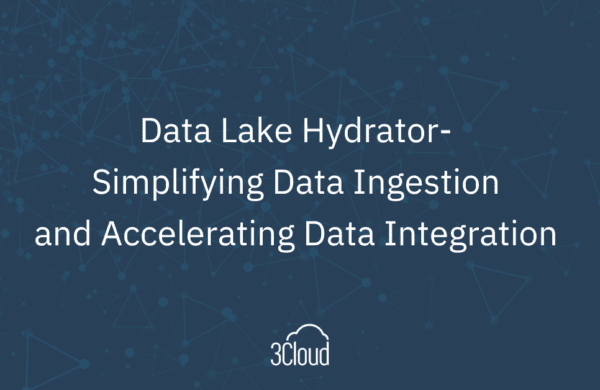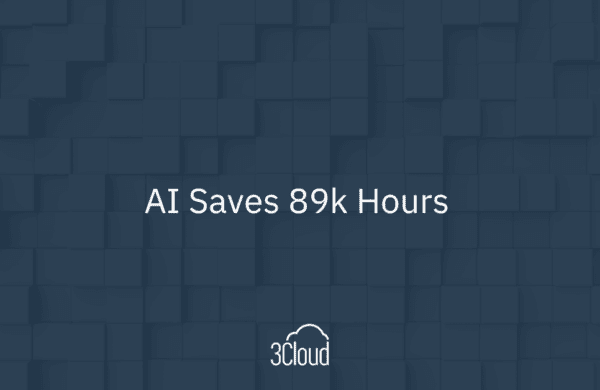In a separate post, I covered what Azure IoT Hub is and what it brings. Today I’m going a bit deeper and talking about how the devices you’re bringing to the table get managed. IoT Hub provides the features and extensibility that enables devices, as well as the people who program those devices and their architectures, with a robust device management solution.
Devices are all over the place; they are sensors, microcontrollers and Raspberry Pi computers. It’s also the gateways that route the communications for groups of devices. They’re installed on a local network and can work in peer to peer networks or have a router that passes information back and forth.
Azure IoT Hub offers a flexible platform for the many different uses across many different industries and devices themselves to be able to have that compatibility no matter the industry you’re in. No matter what you’re using the devices for, a significant part lies in the planning of how the devices and gateways will work together in the IoT Hub.
Let’s look at some things to be aware of:
1. Device Management Principles – Here you’ve got your scale and automation. You need to have simple tools to automate routine tasks. And you need the ability to manage millions of devices simply, as well as remotely and in bulk, so you can make sweeping changes across a whole suite of devices.
In addition, you don’t need to be alerted for every change or notification, but you do need to be alerted when there’s a problem. There are many different devices, protocols and patterns. IoT Hub needs to accommodate all those changes; with the wide range of devices from single process chips to fully functional computers, we need to have the flexibility to accommodate those systems.
Other things you need to know are:
- Context awareness to accommodate the SLA and maintenance windows for when there’s downtime.
- The network and power states.
- The in-use conditions – What are the expectations while the devices themselves are working?
- Where the device is – Is it in a building or out in the field on a utility pole?
These devices serve many roles and must work within the IT operations of your group. They need to be easily managed from that group or an extension from that group, as well as be able to surface alerts when it’s required. Most importantly, this all needs to work within your internal IT ecosystem to keep that continuity and consistency inside the business.
2. Device Lifecycle – So, we start with a plan – how will we use the devices; how will they be managed; and what will the devices be for our specific instance? Next, we need to provision them by adding them into the IoT Hub identity registry, so when we get to the next step they are being acknowledged in the system. Our next step is to configure them. We want to maintain the health of the device, even when we’re doing these updates and configurations, and we can send confirm updates securely.
Also, we need to monitor the device’s health to be aware if it’s beginning to fail. Many are small, simple devices that have a certain lifespan. We also monitor the status of the device and we need the ability to get alerts when the device begins to have issues. Then, ultimately, we need to remove old devices that are no longer effective so they’re not showing up or cluttering up the space of that IoT Hub interface.
3. Device Management Patterns – How are we interacting with devices after they’ve been deployed? So, if you’re going to reboot, factory reset or redeploy a device, you’ll need to reconfigure it so that it can be brought back up in the system. You’ll need to do simple configurations to change how the devices behave, and these need to be done in bulk.
To ensure you’re staying on top of bug fixes and new functionality and features for your devices, you’ll need to send firmware updates. Lastly, you need to show reporting progress and statuses of the devices themselves. It’s important that you have visibility into how the devices are performing and know if there are any problems.
This has been a high-level overview of device management with Azure IoT Hub. I hope you found it informative and helpful.
Need further help? Our expert team and solution offerings can help your business with any Azure product or service, including Managed Services offerings. Contact us at 888-8AZURE or [email protected].




